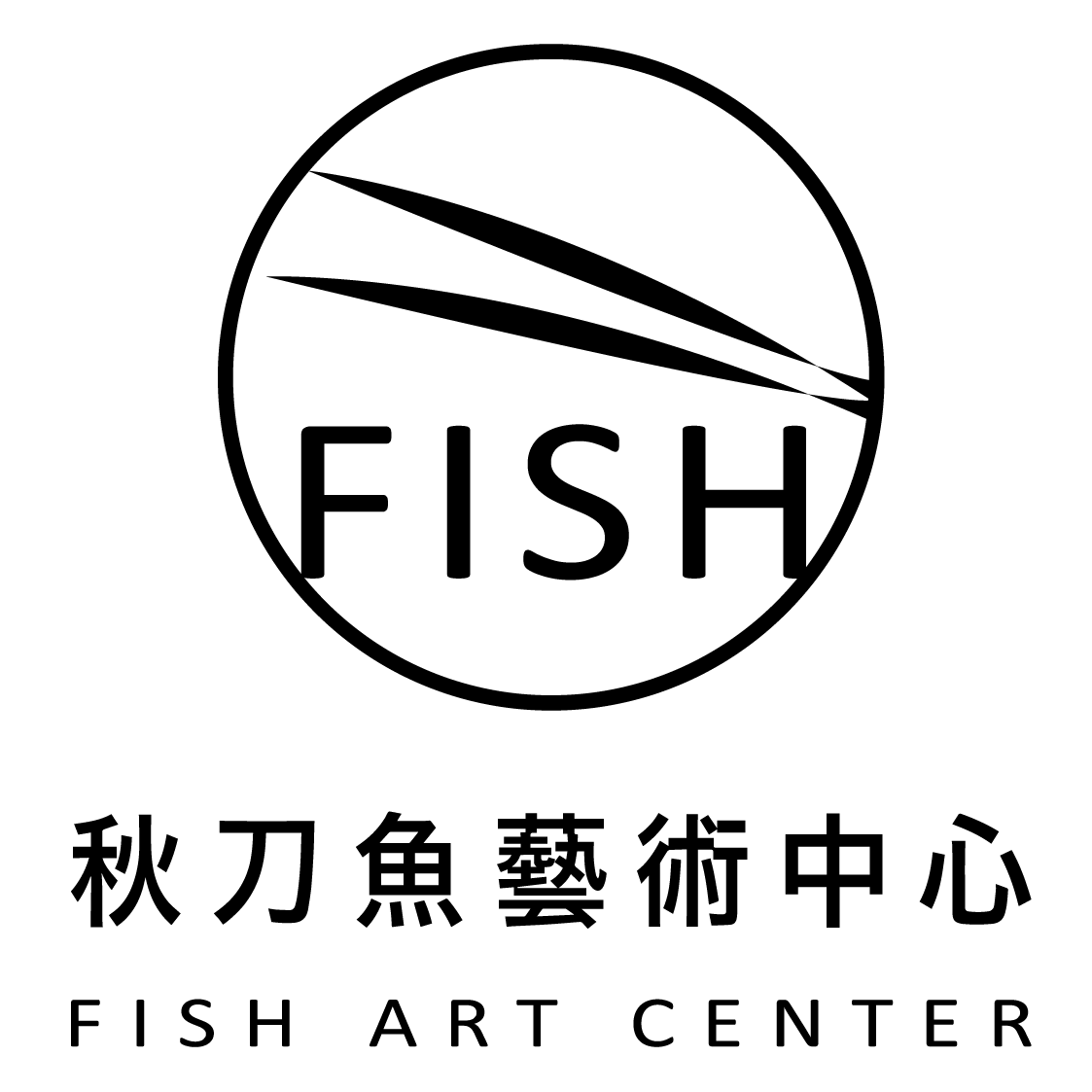2020 ‘‘再科學‘‘ 桃園展場
“Re-Science” Taoyuan Exhibition Space
黃敏俊花了30餘年的時間,專研創作與研究光色的合一,本次展覽是他近期最完整也是規模最大的個展。
藝術與科學儘管方法論有所不同,然而在歷史中兩者卻關係密切。事實上,藝術概念的建構與科學乃至於綜合性的知識生產有關,它是文藝復興時期所推崇的「全人」(universal man / renaissance man)概念的一環,達芬奇(Leonardo Da Vinci, 1452-1519)甚至將藝術(繪畫)與科學相提並論,指出「繪畫可被證明是哲學(自然哲學,即科學),因為它在動態當下處理物體運動,哲學同樣處理運動。」
黃敏俊透過比對古代作品、色彩學文獻與實地試驗顏料,重新檢視色彩學的歷史發展,從而對色彩學與現代印刷工業的原色提出校正。也因此他只運用校正後的三原色(黃、洋紅、鮮綠)和白色作畫,並且透過將原色分置於不同層次的玻璃或壓克力板,如印刷分色般重現了色彩組合的關係,或在繪畫載體上分層罩染或直接混合三原色,以精細的筆調回應攝影圖像、印刷、乃至抽象的光暈與宗教象徵等概念。提醒我們更敏銳地運用視覺。
Huang has been devoted his research into the interconnection of light and color. This exhibition shown his most completed creations in his recent works, and also has a considerable scale compared to his exhibitions in the past.
Although art and science follow different regulation, they are incredibly closed to each other throughout the human history. In fact, the construction of art concepts and the production of science knowledge are related. It is the part of “universal man/ renaissance man” which has been proposed in The Renaissance. Da Vinci (Leonardo Da Vinci, 1452-1519) even associated art and science, suggested that “Painting can be prove to be philosophy (nature philosophy, which is science) because it deal with object movement, same as philosophy.”
Huang proposed correction to the primary color that use in chromatics and modern printing industry by experiment with colors that investigated in ancient paintings and chromatics documents. Afterwards he only use white and the primary color that have been corrected, which is yellow, magenta, and cyan. He places primary colors in different layers of glass or acrylic boards to imitate the process of coloring in printing, and apply the same method to paint. By using such method, he wants to remind the audience to be sharp in sense of sight.













